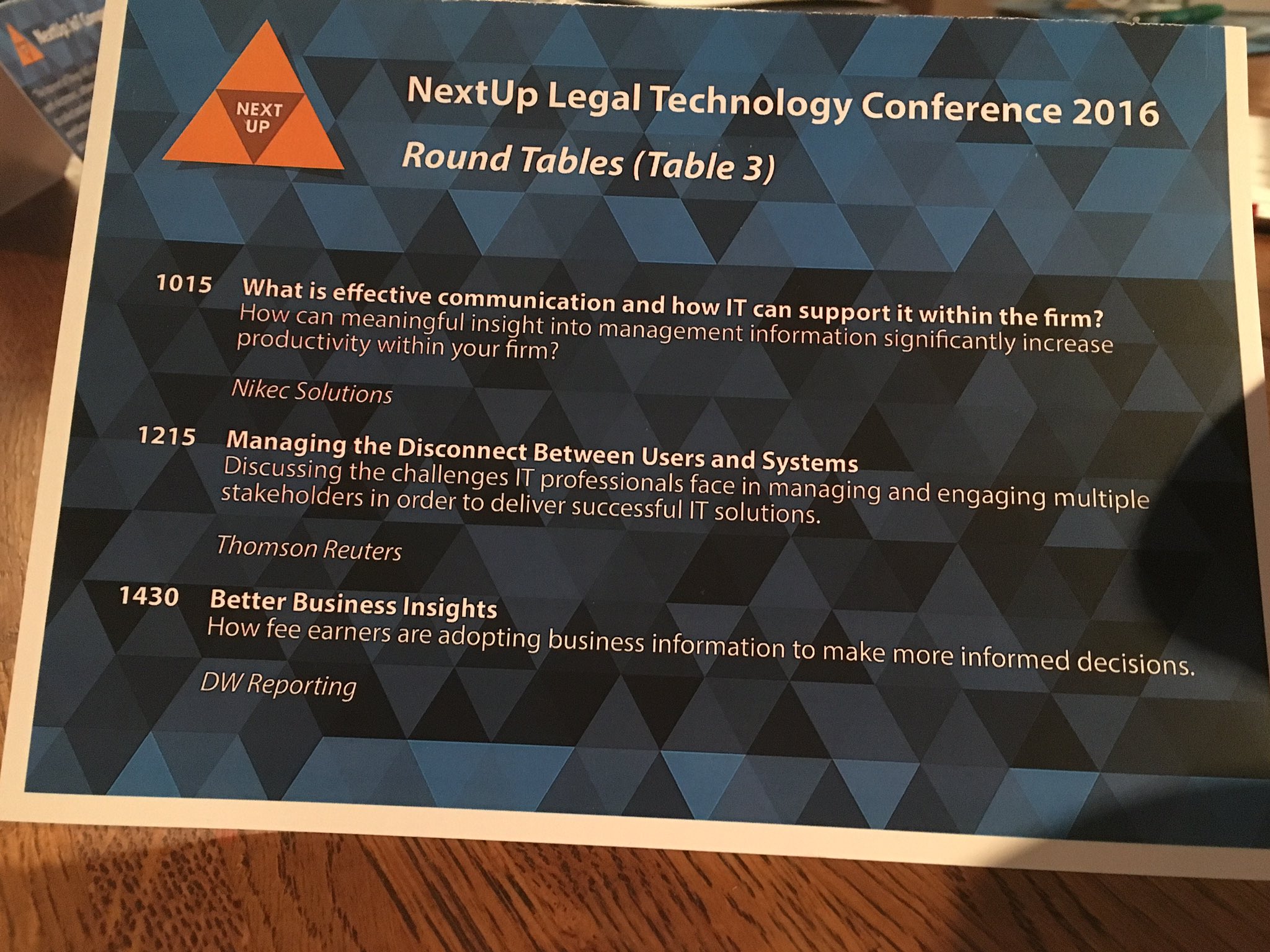PDF standard has become the legally recognised format for
sharing and archiving case information. One of the reasons for this is that;
PDF can be viewed across all platforms without change in the document, whereas
documents of other formats may alter. Furthermore, for an electronic document
to be admissible in court it must be created in a format that can’t be altered
without leaving a trail. Consequently PDF is one of the most widely used
document formats in legal.
Therefore it is essential for lawyers and other professionals
in the legal industry to have a tool that converts paper into PDFs. Most
lawyers will have a PDF application on their desktop, but which PDF tool that
it is varies from firm to firm. Here we explain why Nuance PDF Pro is the right
solution for law firms.
Enhancing business efficiency
Nuance PDF Pro, the powerful PDF tool, is the optimal
solution for the legal industry. It seamlessly converts paper into PDF, enhancing
business efficiency by eliminating the need to manually retype information. Additionally
it converts PDFs into documents of an accurate format, so that they are fully
editable Microsoft Office documents. Where Adobe Acrobat doesn’t PDF Pro also
converts PDF forms into fillable Microsoft Word forms. Furthermore, another
area that Adobe Acrobat lets you down in is its inability to convert PDF to XPS
and Corel WordPerfect (.wpd). With PDF Pro you can convert a selected area of a
page using OCR, to a Word, Excel, PowerPoint, WordPerfect, or PDF document,
which Adobe Acrobat can’t, making PDF Pro the clear winner in terms of its
conversion options.
Speed up productivity further with PDF Pro, as you can create
PDFs from any printable PC application, so time and energy is not wasted unnecessarily
entering data. As lawyers work with PDFs so frequently, it is important to have
a solution that allows you to edit your PDF files, like in a word processor, for
example using the PDF Pro Advanced Edit feature. The extras PDF Pro give you in
terms of conversion and editing, which enhance efficiency, puts it above Adobe
Acrobat.
Security
PDF Pro is ideal for the legal industry because it ensures
that confidentiality is never compromised, and the tightest security
regulations can be kept to. The security features include; encryption and
secure storage, user authentication, redaction and an audit trail that tracks
any changes made to the documents.
PDF Pro has increased levels of security compared to Adobe
Acrobat converters, for example you can drag and drop security profiles to
quickly and easily secure documents. You can also add annotations to documents
such as; text boxes, stamps and mark ups etc. or filled form field fixed and
permanent, preventing unwanted changes.
Integration
PDF Pro is a fitting choice for firms because of its ability
to seamlessly integrate with your DMS, so that all documents converted into
PDFs are stored in one central location to streamline work. Furthermore, unlike
Adobe Acrobat, PDF Pro allows you to open and save your PDF files to your cloud
storage service, using the Nuance Cloud Connector, to make archiving simple. Additionally
you can access your documents stored in your chosen cloud platform, enhancing
business efficiency, as time is not wasted entering data unnecessarily, with
automated conversion of both paper files and PDFs.
Cost
Firms should consider switching to Nuance PDF Pro, because it
is the smartest value in PDF software. Its features match Adobe Acrobat, whilst
offering compelling extras, such as; more conversion options, additional
security and seamless integration with your DMS and cloud service. Therefore
PDF Pro should be the obvious choice for firms because of the matching features
and its competitive pricing, which means it is considerably cheaper than Adobe.
Why Nikec?
When firms are considering switching to Nuance PDF Pro they
need to choose a suitable provider by determining key priorities for the firm. For
example Nikec Solutions has been providing solutions to law firms for 19 years,
and prides itself in its technical support, making it the optimal supplier of
Nuance PDF Pro.


























